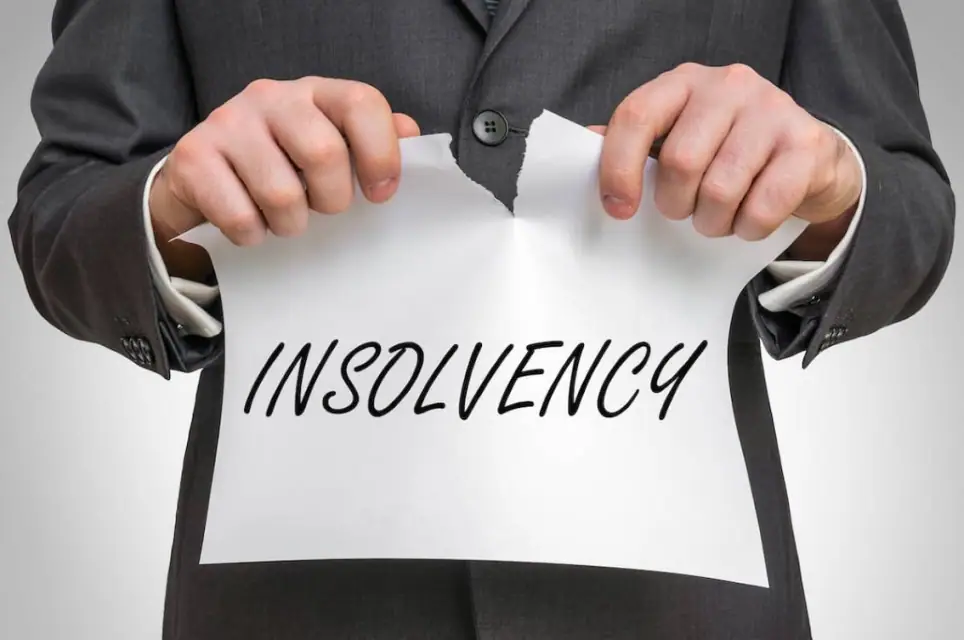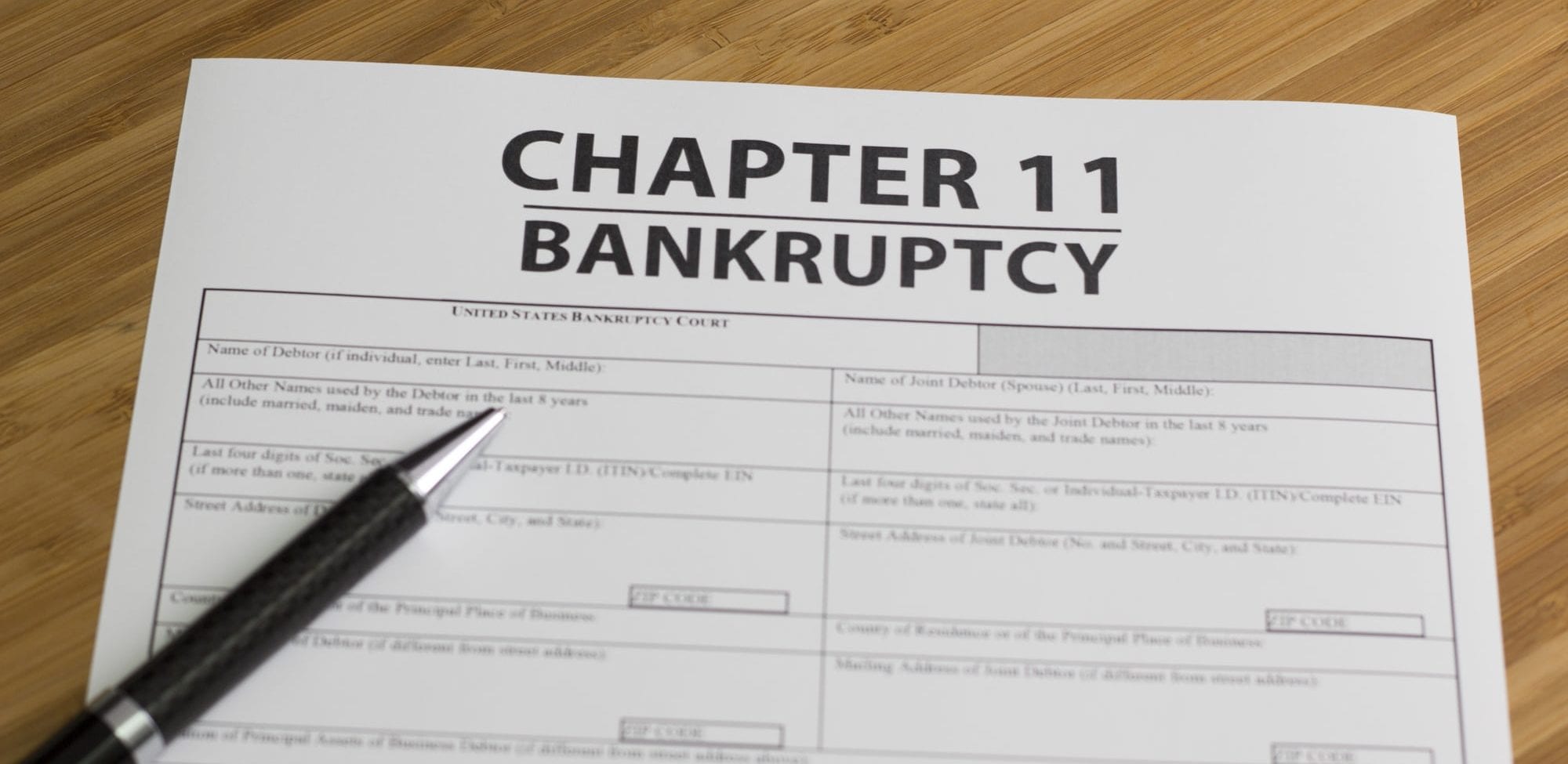Insolvency is a critical concept within the legal and financial world, often raising questions and concerns for individuals and businesses alike. This article aims to shed light on what insolvency means, exploring its intricacies, implications, and frequently asked questions related to this subject.
Understanding Insolvency
Insolvency is a legal term that denotes an individual’s or entity’s inability to meet their financial obligations or discharge their debts when they become due. This state of financial distress can affect individuals, companies, or even governments. Insolvency is a complex issue with several dimensions, and its understanding requires delving into various aspects.
Types of Insolvency
There are two primary types of insolvency:
- Cash Flow InsolvencyCash flow insolvency occurs when an entity cannot pay its debts as they come due, despite having substantial assets. This form of insolvency often arises due to issues with liquidity, such as an inability to convert assets into cash quickly. For businesses, it may lead to difficulties in paying employees or covering operational costs.
- Balance Sheet InsolvencyBalance sheet insolvency, on the other hand, arises when an entity’s liabilities exceed its assets. In this scenario, the entity’s net worth is negative, indicating that it owes more than it owns. This situation can lead to bankruptcy proceedings, where the entity’s assets are liquidated to settle debts.
The Legal Implications of Insolvency
Insolvency carries significant legal implications, and it often involves complex processes to address the financial distress. Some key legal aspects to consider include:
- Bankruptcy LawsBankruptcy laws vary by jurisdiction, but they generally outline the procedures for individuals and entities to file for bankruptcy. This process can lead to the liquidation of assets, a restructuring of debts, or a plan to repay creditors over time.
- Creditor RightsCreditors, those to whom the insolvent entity owes money, have specific rights in insolvency proceedings. These rights can include a claim on the entity’s assets, and they play a significant role in the insolvency process.
- Liquidation and ReorganizationDepending on the type of insolvency and the circumstances, an insolvent entity may undergo liquidation or reorganization. Liquidation involves selling off assets to pay creditors, while reorganization may entail creating a plan to repay debts over time and continue operations.
FAQs About Insolvency
Let’s address some common questions related to insolvency:
1. What are the warning signs of insolvency?
Warning signs of insolvency include a consistent inability to meet financial obligations, declining cash flow, increasing debt levels, and creditor pressure. If these signs persist, it’s essential to seek professional advice.
2. Can an individual file for bankruptcy due to insolvency?
Yes, individuals can file for bankruptcy when they are insolvent. Personal bankruptcy options vary by jurisdiction and may involve the liquidation of assets or creating a plan to repay debts.
3. How does corporate insolvency affect employees?
In cases of corporate insolvency, employees may face uncertainty about their job security. Depending on the circumstances and local labor laws, they may be entitled to certain protections or compensation.
4. Is insolvency the same as bankruptcy?
Insolvency is a broader term that encompasses financial distress, while bankruptcy is a specific legal process for dealing with insolvency. Not all insolvent entities will go through bankruptcy, as some may restructure their debts or find other solutions.
5. Can insolvency be avoided?
In some cases, early intervention, effective financial management, and seeking professional advice can help prevent insolvency. It’s essential to address financial challenges promptly and explore available options.
Conclusion
Insolvency is a multifaceted concept with significant legal and financial implications. Whether you are an individual struggling with debt or a business owner facing financial difficulties, understanding insolvency is crucial. It’s essential to recognize the warning signs, seek professional guidance, and consider the available options for addressing insolvency. By doing so, you can navigate this challenging terrain with more clarity and make informed decisions to safeguard your financial future.







